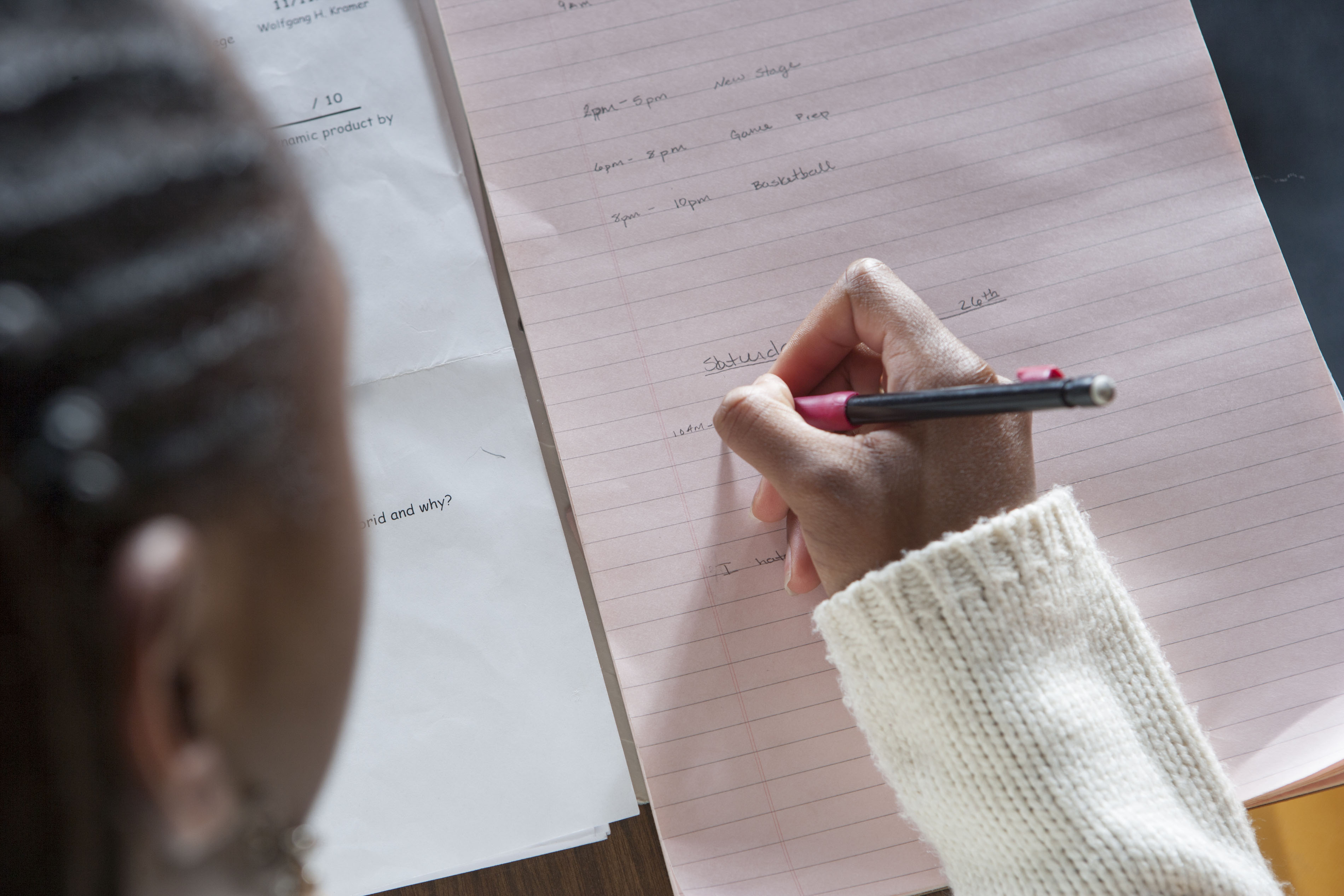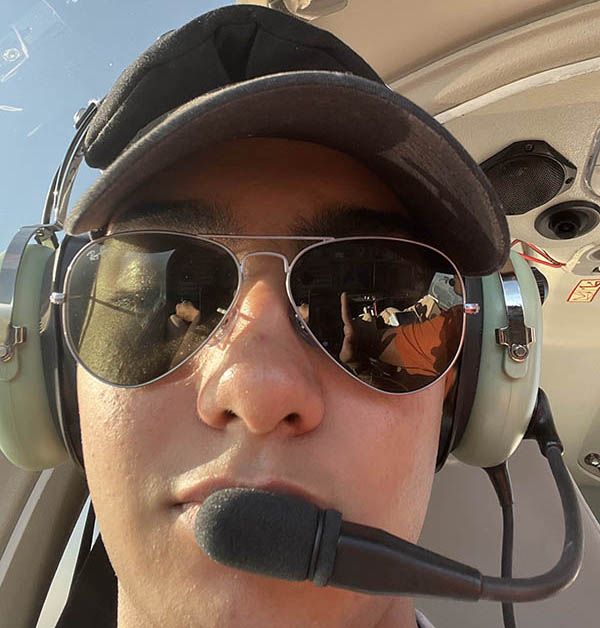 Taking notes might seem like an impossible task for you or your child as we continue to adapt to online learning. There have been some major changes to the amount of actual class time students are getting with a live teacher. In many cases, less live class time means less overall learning. With reduced interaction among teachers and students online, there are fewer opportunities to take notes and learn how to properly do so.
Taking notes might seem like an impossible task for you or your child as we continue to adapt to online learning. There have been some major changes to the amount of actual class time students are getting with a live teacher. In many cases, less live class time means less overall learning. With reduced interaction among teachers and students online, there are fewer opportunities to take notes and learn how to properly do so.
Did you know that the average student takes notes at a rate of ⅓ per second? On the other hand, the average teacher speaks about 2-3 words per second. This means that unless you or your child is an expert at typing and grasping every word the teacher says, it’s likely that there will be missing information.
On top of that, note taking often doesn’t come easily for people who struggle with organization. Most people would agree that those who take notes are more likely to remember material than those who don’t. A 1970’s study carried out by developmental psychologist Michael Howe found that students were seven times more likely to remember facts one week after hearing them if they took notes.
How to Take Good Notes
The Split-Page Method of Note-Taking: The Cornell Method
The greatest thing about this method is that everyone can use it. It works if you’re a child learning how to read or a college student copying professor notes verbatim. This will be handwritten. Your page should look something like this.
You can line up keywords and definitions with dates and so on. Feel free to include pictures or diagrams.
When the class is over, try to paraphrase in four or five lines what you or your child learned in the class. This is an active way to take notes that will help you retain everything you went over. It also makes it easier to find ideas quickly at study time. This method is designed to help you design reviewable notes the first time you create them.
The 2-6 Method
This method is very similar to The Cornell Method and helpful for children who are new at taking notes. This method simply includes abiding by the red lines that are already provided on most looseleaf paper and within traditional composition notebooks. The red line is 2 inches from the page on either side and exists as a perfect place to make comments, ask questions, stay organized, etc.
The Flow Method
The point of the flow method is to be fully present and actively listening while the teacher is speaking. As you take notes, the goal is to create a representation of how you are processing the information in your mind. This can include the use of arrows and squares. The flow method doesn’t include copying down information word for word. The point of this method is to process the information and rephrase it into your own words. The purpose of the flow method is to help you learn something once the first time you learn it. By actively listening to your teacher speak and making notations that make sense to you, you are more likely to remember what you learned the first time around.
Outline Method:
This method is based on using bullet points. Start this method by creating bullet points of all the main ideas you will cover. Then you make lower level bullet points to fill out all the details. If you’re taking outline notes on paper, it’s a good idea to space everything out so it will be easier to read later when you revisit it. This note taking method may be better suited for taking notes on a computer so you can easily go back and edit without disrupting the outline.
Mapping or Mind Map Method:
Take a blank piece of paper, add a circle to the middle, and add your main idea to the center. After that, start branching off to add more details as you go. Building a mind map may just be the first step in your note taking that will help you create a comprehensive outline at the end. Mind maps are used to connect larger ideas to smaller ideas and to help kickstart critical thinking.
Charting:
Students should be encouraged to take notes in different ways while they figure out what they prefer. Some benefit from using different types of tables, graphic organizers, or even Venn diagrams.
Additional Tips for Note Taking
Opt for Handwritten Notes Instead of Typing- It’s better for your memory when thinking conceptually.
As technology advances rapidly, many people who take notes choose to do so by typing them. After all, note taking is no easy feat. You have to actively listen, understand what you’re listening to, and then transcribe in a short amount of time. But when we use a computer, we aren’t tasked with summarizing notes because we can usually copy down word for word pretty quickly. This may seem convenient, but it’s actually hurting us and the way we retain information.
When we type, we are passively listening. One study found that when students copy the teacher’s words verbatim (or word for word,) that they actually performed worse on their test (with conceptual questions, not memorization.)
A lot of times, it’s better to take notes by hand because it helps us remember better. We have to think about what we’re writing and this is an active way to write. Even though handwriting notes takes longer and you may miss a few words here and there, your brain is actively summarizing what is being said.
- Use New Pages for new lessons: Keeping notes organized and easy to read is often half the battle, especially for kids. Always start with a fresh page for a new lesson.
- Learn/teach your child how to paraphrase and abbreviate: paraphrasing will help the note taker actively listen and not become lazy while taking notes by just regurgitating what the teacher has said onto their page.
- Always add dates to notes: This helps to separate units, lessons, books, and remember what will be covered on the upcoming test. This will also help you remember what days class was missed, if any.
- Make sure notes are correct before studying them: this is a no brainer, but often overlooked. Parents should be encouraged to check over their child’s completed work, especially homework during online learning
- Encourage organization from a young age. If your child understands the value of a graphic organization technique at an early age, just imagine the efficiency of their note taking skills by the time they get to college and beyond
Sources:
https://www.youtube.com/watch?v=xSYnGhlnzyw&ab_channel=LearnEnglishwithEmma%5BengVid%5D
https://www.youtube.com/watch?v=AffuwyJZTQQ&ab_channel=ThomasFrank
https://www.youtube.com/watch?v=ryTYn12g--0&ab_channel=TeachingsinEducation
The Genie Academy Team





